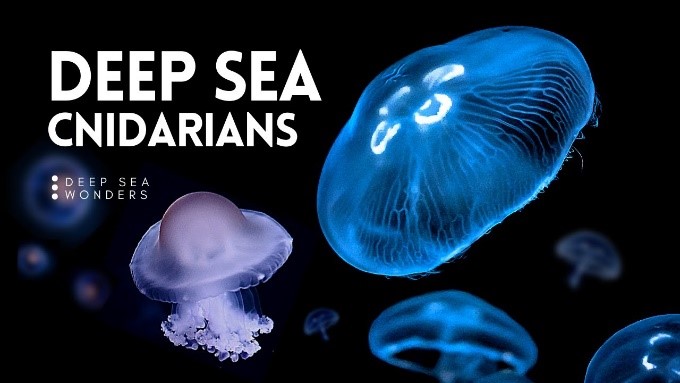Free Courses Sale ends Soon, Get It Now


Free Courses Sale ends Soon, Get It Now



Disclaimer: Copyright infringement not intended.
Context
Details
|
PRACTICE QUESTION Q. Consider the following statements. 1.Cnidarians are brainless, instead getting by with a "dispersed" central nervous system. 2.Their distinguishing feature is cnidocytes, specialized cells that they use mainly for capturing prey. 3.Their bodies consist of mesoglea, a non-living jelly-like substance, sandwiched between two layers of epithelium that are mostly one cell thick. How many of the above are incorrect? A) Only 1 B) Only 2 C) All 3 D) None Answer: D) None |
© 2024 iasgyan. All right reserved